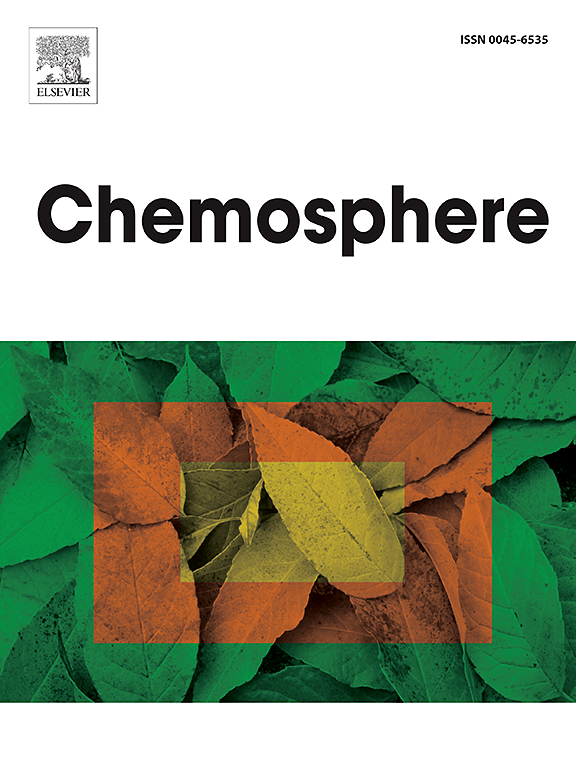Reusable graphene oxide-based composite membranes for highly efficient and fast removal of pesticides from real water matrixes
IF 8.1
2区 环境科学与生态学
Q1 ENVIRONMENTAL SCIENCES
引用次数: 0
Abstract
Water contamination caused by the excessive use pesticides is a growing concern, as these chemicals threaten both human health and ecosystems biodiversity. Current remediation methods are often ineffective in addressing these contaminants, highlighting the need for new solutions. This work reports on graphene oxide (GO)-based composite membranes developed through different strategies for the adsorption of thiacloprid (THI) from wastewater. GO shows adsorption capacity of 35.7 mg/g after only 3 min, and composite membranes incorporating GO into poly(vinylidene fluoride-co-hexafluoropropylene) (PVDF-HFP) were prepared by the thermally induced phase separation (TIPS) and salt leaching (SL) methods. The SL-prepared membranes exhibited superior porosity, hydrophilicity, and active site availability, achieving the highest THI adsorption capacity of 84.6 mg/g for the 40 % GO@PVDF-HFP sample, after 45 min. Adsorption kinetics and isotherms followed a pseudo-second order and Langmuir models, respectively, indicating a chemisorption process. These membranes demonstrated effective THI removal from both surface and groundwater effluents and a consistent performance over multiple cycles. The adsorption mechanism was also unveiled by confirming hydrogen bonding as the main contribution to the adsorption process.
These findings underscore the suitability of GO-based membranes for water remediation, offering robust performance under environmentally relevant scenarios, making them suitable for advanced water treatment technologies.

可重复使用的氧化石墨烯基复合膜,用于高效快速地去除真实水基质中的农药
过度使用农药造成的水污染日益受到关注,因为这些化学品威胁着人类健康和生态系统的生物多样性。目前的修复方法在处理这些污染物方面往往无效,因此需要新的解决方案。本文报道了通过不同的策略开发的氧化石墨烯(GO)基复合膜对废水中噻虫啉(THI)的吸附。采用热诱导相分离(TIPS)和盐浸(SL)法制备了氧化石墨烯-聚偏氟乙烯-共六氟丙烯(PVDF-HFP)复合膜,其吸附量为35.7 mg/g。ls制备的膜具有优越的孔隙度、亲水性和活性位点利用率,在45分钟后,40% GO@PVDF-HFP样品的THI吸附容量达到84.6 mg/g。吸附动力学和等温线分别符合拟二级和Langmuir模型,表明化学吸附过程。这些膜可以有效地去除地表水和地下水中的THI,并且在多个循环中表现一致。通过确认氢键是吸附过程的主要贡献者,揭示了吸附机理。这些发现强调了氧化石墨烯基膜在水修复中的适用性,在与环境相关的情况下提供了强大的性能,使其适用于先进的水处理技术。
本文章由计算机程序翻译,如有差异,请以英文原文为准。
求助全文
约1分钟内获得全文
求助全文
来源期刊

Chemosphere
环境科学-环境科学
CiteScore
15.80
自引率
8.00%
发文量
4975
审稿时长
3.4 months
期刊介绍:
Chemosphere, being an international multidisciplinary journal, is dedicated to publishing original communications and review articles on chemicals in the environment. The scope covers a wide range of topics, including the identification, quantification, behavior, fate, toxicology, treatment, and remediation of chemicals in the bio-, hydro-, litho-, and atmosphere, ensuring the broad dissemination of research in this field.
 求助内容:
求助内容: 应助结果提醒方式:
应助结果提醒方式:


